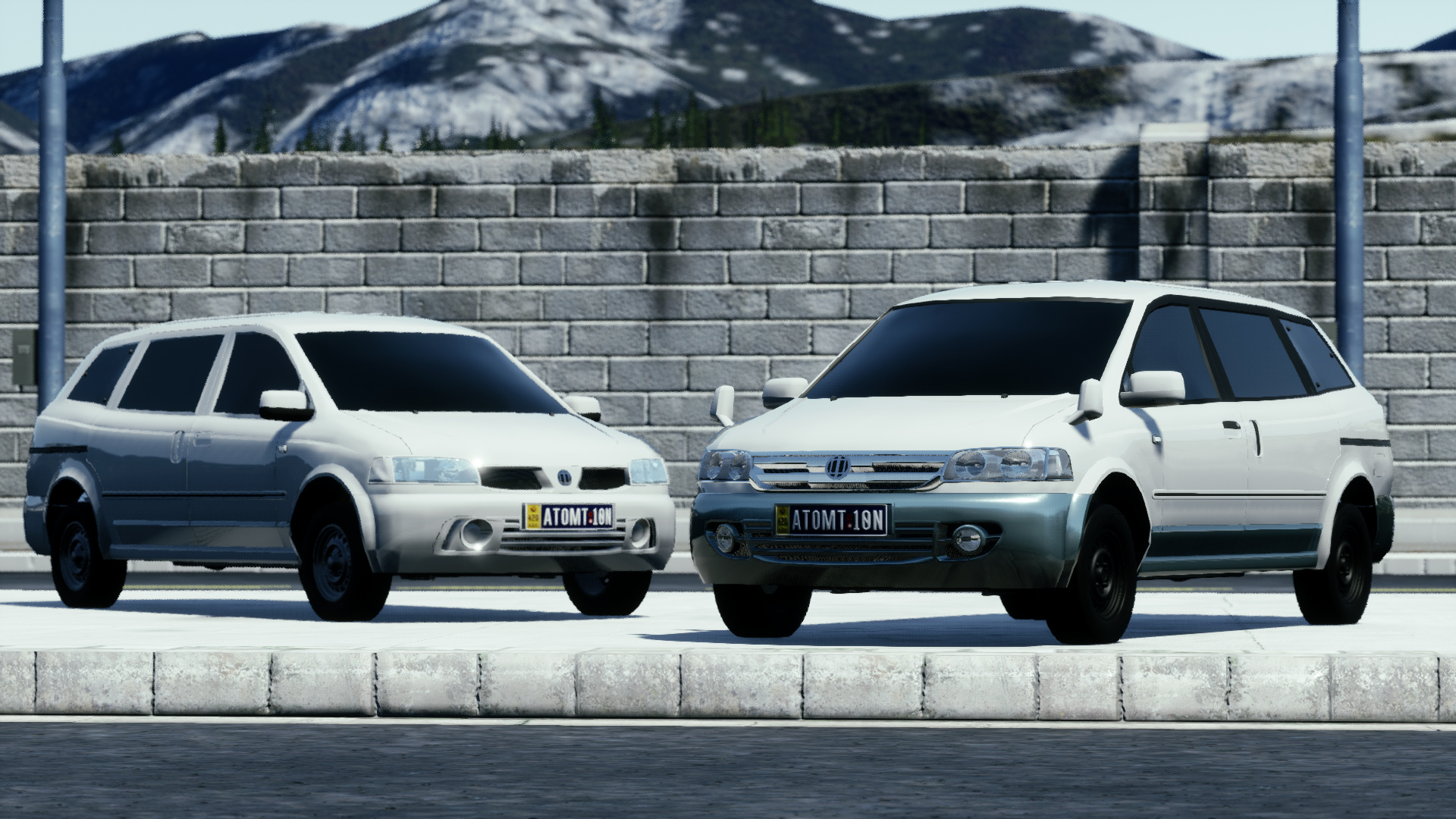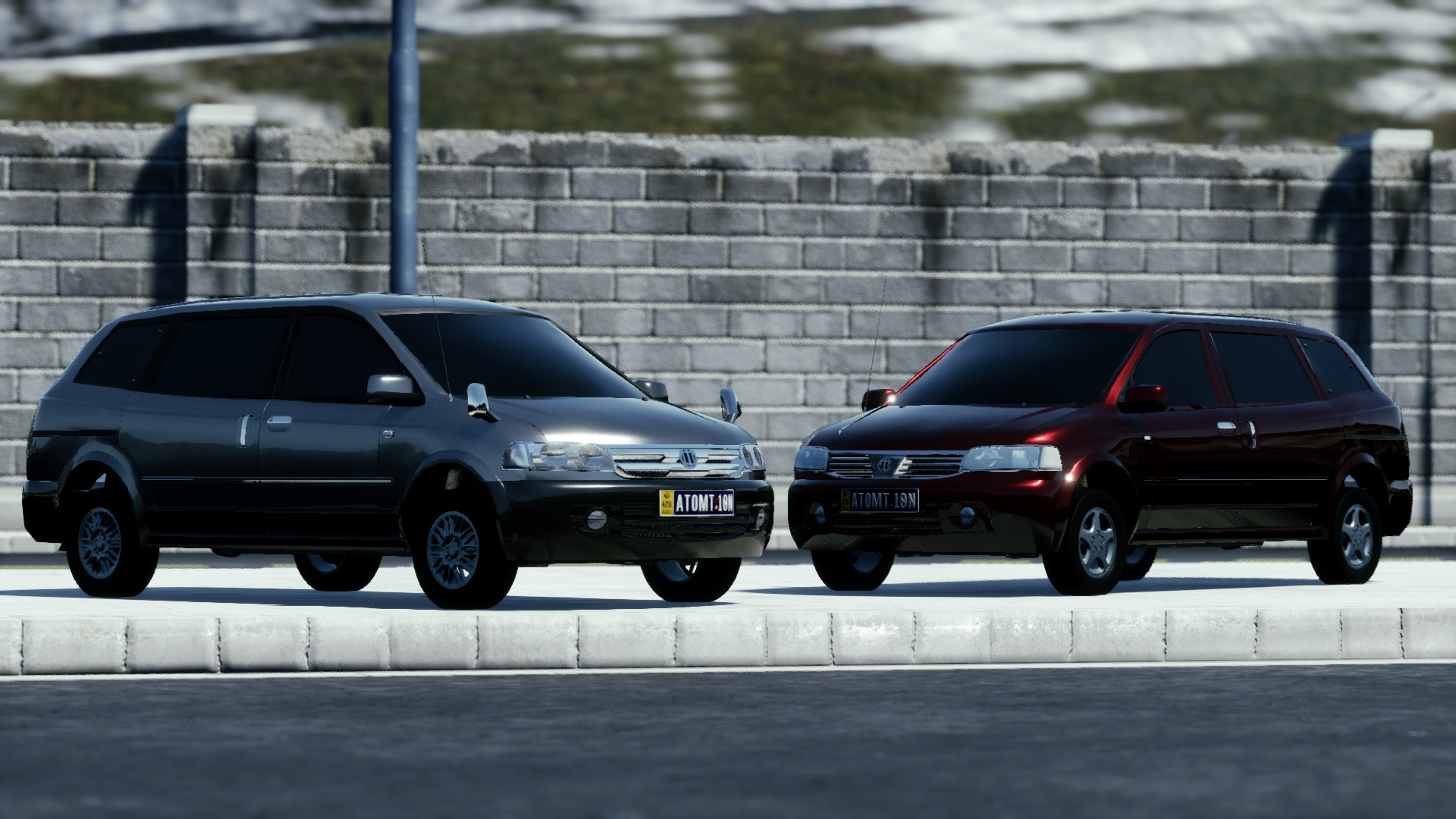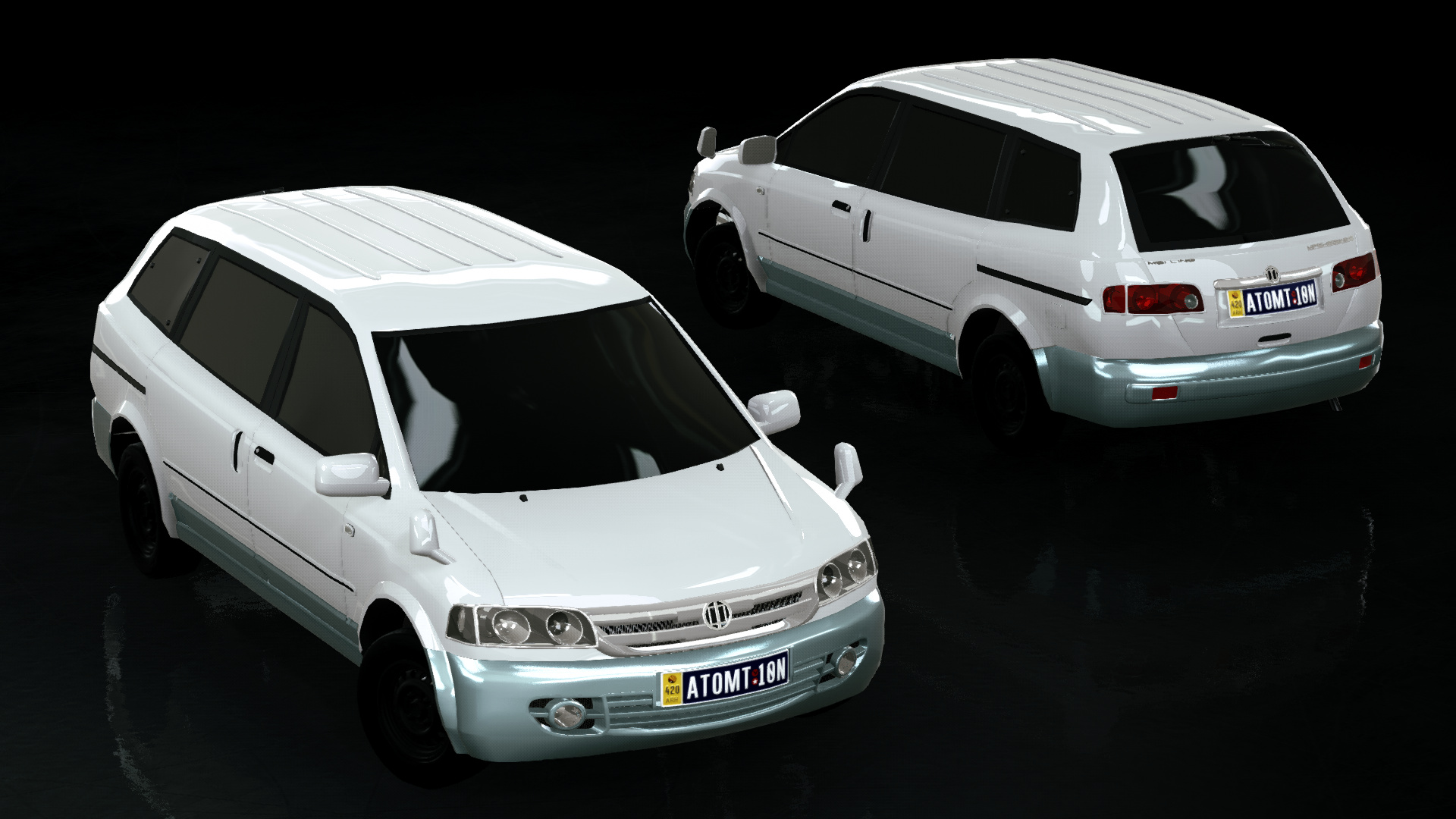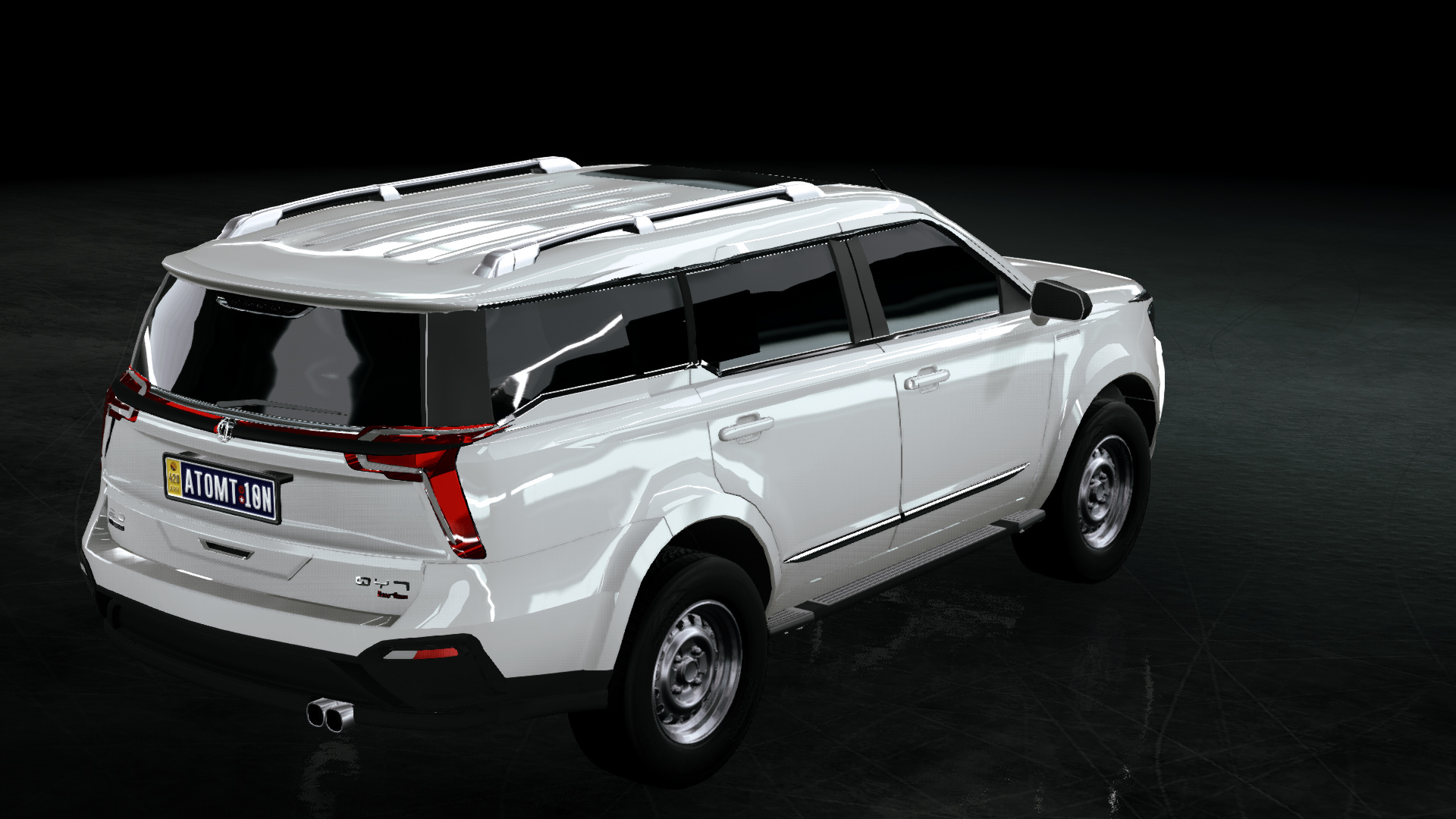China’s CV-33: 1987-2010 Mei Ling ML2010/2011(Formerly the LY-Series)
The Mei Ling ML2010, produced in the late 80s, was a long-running model line primarily built out of subcompact cross-country SUVs and vans. Its model series persisted throughout the 90s, and made its way into the early 2000s before being discontinued. The ML2010 came in multiple variants, namely the ML2010 cross-country SUV, the ML2011 vans and the ML2000 coupe SUV. With only 5,000 examples of the vehicle being built, it was extremely rare to come around, and to this day not a single 80s ML20xx is on the road. The only remaining vehicle is a PLA-acquired ML2011 which now sits in a museum in Shanghai.
Construction was crude. The vehicle was all bare steel with the only rust protection being its unevenly-applied paint, while its interior was mostly two bolted seats, wires hanging down from a radio, exposed screws and lots of bare metal.
Its underpinnings were spartan too. It was powered by a measly 36 horsepower engine, while its ride relied on nothing but a coiled live axle in the front and leaf springs in the rear. However, its inclusion of 4x4 and manual lockers made it no less capable off-road than larger Jeeps.
An even more basic model existed, taking away multiple trim pieces, lighting fixtures and even the radio in the process.
On this model was only one driver’s side mirror and one brake light. Along with multiple other cost-cutting measures, the base model managed to fetch for roughly $5500 - $750 less than the regular ML2010.
The ML2011 was the van variant of the SUV, and only came with the basic underpinnings seen on the lowest end ML2010.
Stronger dual doors were added on these models too, while the rear springs were tightened. This allowed the ML2011 to carry significant loads despite its size.
This attracted the attention of the People’s Liberation Army, who purchased a small quantity of these vehicles. A home-produced competitor to the UAZ-469, it fell short of the army’s expectations by miles, being too underpowered and hastily-built.
Although strong for its size, it was easily outmatched by its larger counterparts and eventually met its demise by the end of the Sino-Vietnamese conflicts. Only one of these ML2011s still exist; a vehicle which never saw service and is now in a Shanghai museum.
One of the quirkier models to come out was a coupe version - the ML2000. Built in the early 2000s, only 5 were produced.
Documentation has confirmed that there are still two ML2000s alive today - one registered in Liuzhou, the other in Nanning.
From the 2000s and upwards to 2010, the ML20XX was modernized. It was equipped with an updated 71 horsepower 1.2 litre inline-4, while the interior was given a significant overhaul.
Something like the Mahindra Bolero’s interior.
Composite lighting units were also implemented, while power mirrors, windows, locks and a digital dash were standard. A third brake light was added on the rear, with the inclusion of a rear wiper as well. Hydraulic power steering and ABS was also added as standard features. 4-door variants were now available, with third rows being available too, albeit being very cozy in space.
Despite modernization in the engine department, the newer ML2010 still kept its older running gear. It still had 4WD, live axles and a 4-speed manual.
The last long-running ML2010 was eventually phased out, and made way for a less spartan subcompact SUV by the Mei Ling brand. Rumours however, do say Mei Ling may bring the ML2010 back in its former shell, as an electric vehicle.




























































































